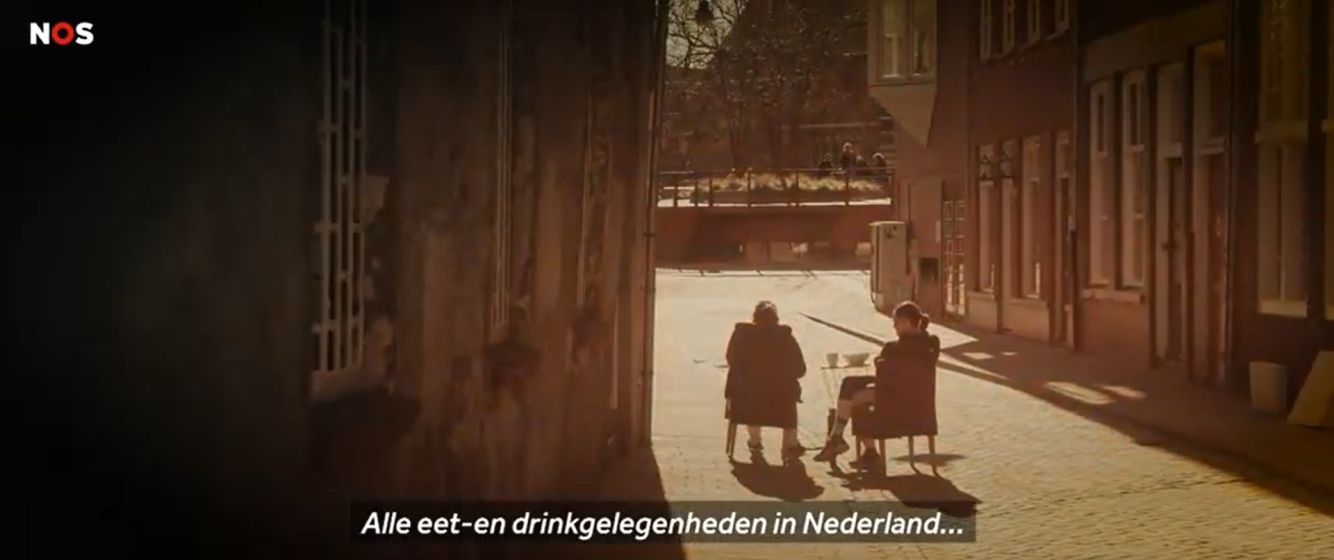A short personal piece on the coronavirus in the Netherlands written on 26 March 2020.
Since the outbreak of corona virus in Wuhan, China by the end of 2019, it has been on the news worldwide. Media has compared this time with the SARS in 2003, which too started at the end of a year- 2002, and had more than 8.000 confirmed cases.
For more than two months since the outbreak, the virus stayed within China, and Asia. To prevent the virus from spreading, many western countries decided to take different measures immediately - most flights to China were suspended until further notice which has now extended to most of international travel; many countries like the US, Australia, and some other countries had decided to close the borders to China, and some countries had evacuated their citizens from Wuhan, the center of the outbreak.
In the second week of February 2020, I had to fly to Chiang Mai, Thailand, for several business meetings, which were planned three months before knowing the extent of the outbreak. At that time, Thailand had reported approx. 30 corona cases, and this number stayed stable for more than one week while there was no confirmed case in the Netherlands. Before my departure to Thailand, many discussions and considerations took place around this meetings, even three days before my flight. A big question remained – whether to go or not to go? Also, I received many personal messages suggesting cancellation of the trip. After a lot of internal discussion, the management team decided to proceed with the meetings as scheduled. Fortunately, the meetings went smoothly and successfully. However the group was smaller with one third cancelling their participation due to the corona situation in Asia.
Normally it has always been a pleasure to share my travel to Thailand with my friends, but this time was different. In February, people in the Netherlands were still cautious to this novel virus, especially towards the ones who had travelled to China or Asia recently. Therefore, I only told some of my close friends about my impending trip to Thailand.
The situation escalated and transformed in a rapid tempo.
Suddenly less than one week after my Thai trip, Italy was in the breaking news, because its increasing confirmed cases, especially in the north part of the country. That was the spring holiday season and many European have the tradition to go for ski at this time. North Italy is one of the famous ski destinations. Also, in the southern part of the Netherlands, local residents celebrated the end of the winter by throwing a huge regional carnival. Very soon after, the Netherlands had its first confirmed corona case.
Approximately three weeks ago, the situation in the Netherlands worsened and with the US deciding to close the borders to almost all the European countries. President Trump complained the sloppy European measures to prevent the virus. Meanwhile daily life was filled with the news of the corona virus, and the statistics of the confirmed cases, the first corona death, the limited intensive care facilities concerns, etc. All of them made the people worried about the situation in the Netherlands. Having learnt to be more cautious, the government introduced the proper measures promptly. The first one was not to shake the hands and a week after, all the schools, universities, restaurants, cafes were closed, a so called social distancing of 1.5 meter was introduced, etc.
After the measures, the life has changed. My kids have to study at home, all their sport and cultural activities are suspended, my husband and I have to work from home, figuring out the online facilities, we have to rush to the supermarket to stock the daily supplies, we have to minimise any social contact, etc. This is the most restricted, and weird period that I have experienced personally in the Netherlands. Usually people enjoy the daily lives in a relaxed manner, you can notice that in their smiles, feel their patience and kindness to each other, and spot the colorful flowers in their gardens or on the balconies.

Comments
Xiaolan, I was struck by the…
Xiaolan, I was struck by the similarities of experiences across countries. It's like we woke up to a very different world. Thank you for sharing this